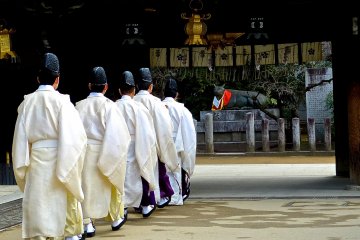
ศาลเจ้า Kitano Tenman-gu ที่เกียวโต
Tomoko Kamishimaศาลเจ้า Kitano Tenman-gu ที่เกียวโต: ลมฤดูใบไม้ผลิที่พัดมาพร้อมกลิ่นหอมหวานของดอกพลัมบาน

Known for its academic blessings, Kitano Tenmangu is a Shinto shrine in Kyoto’s Kamigyo ward that is dedicated to Sugawara no Michizane, an influential scholar and politician. The shrine was built in 947 AD and is Japan’s first shrine to enshrine an actual person as a deity. Although there are numerous shrines throughout Japan dedicated to Michizane who is mainly known as a god of academics, Kitano Tenmangu is the original one.
The massive Ro-mon Gate stands as the border between the city and the shrine grounds. This wooden structure, detailed with gold-and-wooden carvings, serves as an introduction to the architectural mastery ahead. Upon entering, it is customary to go to the chozuya and perform a hand-cleansing ritual. After you complete the ritual, explore the shrine’s tranquil grounds.
There are city buses running frequently from Kyoto station to the Kitano Tenman-gu-mae bus stop, which would cost you around ¥230 and will take around 30 minutes.

ศาลเจ้า Kitano Tenman-gu ที่เกียวโต: ลมฤดูใบไม้ผลิที่พัดมาพร้อมกลิ่นหอมหวานของดอกพลัมบาน
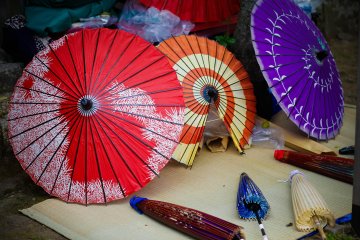
ตลาดนัดที่มีสินค้าหัตถกรรมแบบญี่ปุ่น เหมาะสำหรับเป็นของขวัญ ของที่ระลึก หรือใช้ในบ้าน


เส้นทางเมเปิ้ลที่ศาลเจ้าคิทะโนะ เท็นมันกุ สถานที่ชมใบไม้ฤดูใบไม้ร่วงในเกียวโต

ดอกพลัมสีขาวและชมพูที่หอมหวานบานในเขตพื้นที่ศาลเจ้า Shinto ที่เก่าแก่ Kitano Tenmangu ที่เกียวโต

ปล่อยใจตัวเองไปกับโรงแรมบูติคแบบอาร์ตเดโคในใจกลางเมืองเกียวโตแห่งนี้ ใครจะเคยคิดว่าศิลปะอาร์ตเดโคและรินปะจะผสมผสานกันได้อย่างลงตัว?
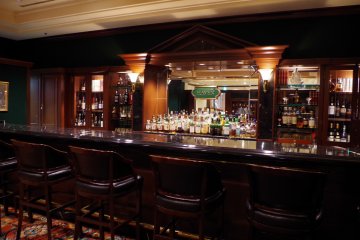
การตั้งอยู่เหนือถนนหลักของเกียวโตทำให้สามารถชมวิวงานเทศกาลรอบเมืองได้
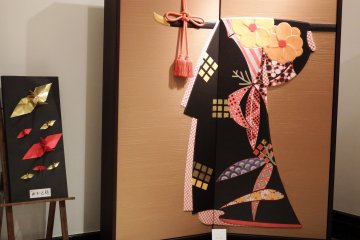
โรงแรมนิกโกะพรินเซสเกียวโต ที่ ชิโจคาราซุมะ มีห้องพักที่กว้างขวางเริ่มตั้งแต่ขนาด 24 ตารางเมตร แบบซิงเกิ้ลรูม จนไปถึง 48 ตารางเมตร สำหรับทวินรูม พนักงานได้รับการฝึกอบรมมาอย่างดี คุณภาพเยี่ยมทั้งมารายาทและการบริการ เป็นโรงแรมที่ดีเลยทีเดียวสำหรับนักท่องเที่ยวที่ต้องการพักผ่อนหลังจากการเดินทางอันเหน็ดเหนื่อย
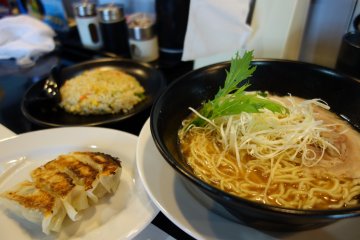
Kazu ราเม็ง ร้านราเม็งสุดแนวให้พักเติมพลังและเล่น wifi ระหว่างวัดทอง Kinkakuji และวัดสวนหิน Ryoanji

อาหารสุขภาพที่มีความอร่อย และลงตัวในเรื่องโภชนาการนั้น มีอยู่ที่คาเฟ่มูจิ ที่มีสาขาอยู่ทั่วประเทศญี่ปุ่น แต่ถ้าท่านใดได้มาเยือนเกียวโต คาเฟ่มูจิเองก็มีบริการในสถานที่นี้เช่นกัน ด้วยบรรยากาศสบาย และการตกแต่งเรียบง่ายสมกับเป็นแบรนด์มูจิ

Le Petit Mac - Oike (ル・プチメック 御池) เบเกอร์รี่ตำรับฝรั่งเศสแท้ในกลิ่นอายเกียวโต
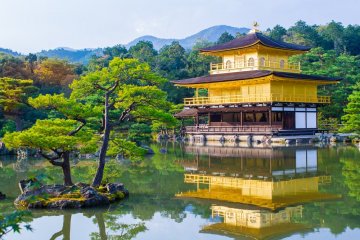
วัดคินคะคุจิ (Kinkakuji) ซึ่งรู้จักในชื่อศาลาทองตั้งอยู่ทางเหนือของเมืองเกียวโต ชั้นบนทั้งสองชั้นของศาลาปิดคลุมด้วยแผ่นทองคำบริสุทธิ์ และรายล้อมด้วยสระน้ำที่สะท้อนภาพของวัดได้อย่างงดงาม คุณจะต้องเดินไปตามเส้นทางเดินที่จะนำคุณไปชมรอบวัด หลังจากนั้นคุณสามารถนั่งพักจิบน้ำชาแก้มขนมหวานในสวนที่รายล้อมด้วยต้นไม้นานาพรรณ หรือเลือกซื้อของฝากของที่ระลึกในร้านที่อยู่สุดทาง

Keishunin (桂春院) is one of the sub-temples of Myoshin-ji containing gardens and a teahouse.

Ryoanji Temple is home to Japan’s most famous Zen stone garden and one of Kyoto’s most iconic scenes. Believed to be built back in the Muromachi period (14th - 16th century), the origin and designer of the garden is still unknown to this day. The stones in the garden are intentionally placed so that one cannot view all 15 stones from any one angle. The meticulous design of this karesansui (Japanese rock garden) leads many to credit the celebrated artist, Soami, as the garden’s creator—albeit unproven. The 248-square meter garden bears little trace of greenery, and is instead immaculately lined with raked white gravel. The seemingly random placement of the stones adds to the mystique of Ryoan-ji, its abstract layout leaving visitors questioning the meaning and purpose of the garden. While the garden remains a mystery, the history of Ryoanji Temple is well documented. The temple buildings were originally a Heian Period villa, and were converted into a Zen temple in 1450. Now, Ryoanji is part of the Myoshin-ji school in the Rinzai sect of Zen Buddhism. In 1994, Ryoanji’s immaculate zen stone garden was recognised as a UNESCO World Heritage Site, and is also designated as a Historic Monument of Ancient Kyoto.